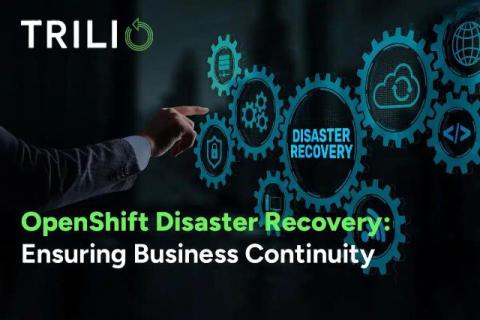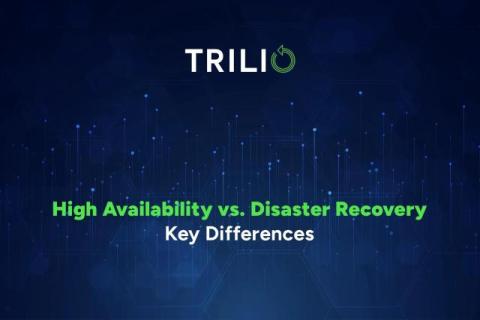Featured Post
The Role of Data Recovery in Cyber Resilience
Data Recovery is the key to achieving an effective cyber resilience strategy in the event of a cyber-attack to resume business operational resiliency. It empowers businesses to quickly recover their critical data, minimise downtime, and prevent against potential threats. Data recovery planning is crucial for business continuity, allowing organisations to seamlessly recover data and minimise the impact of an incident.











